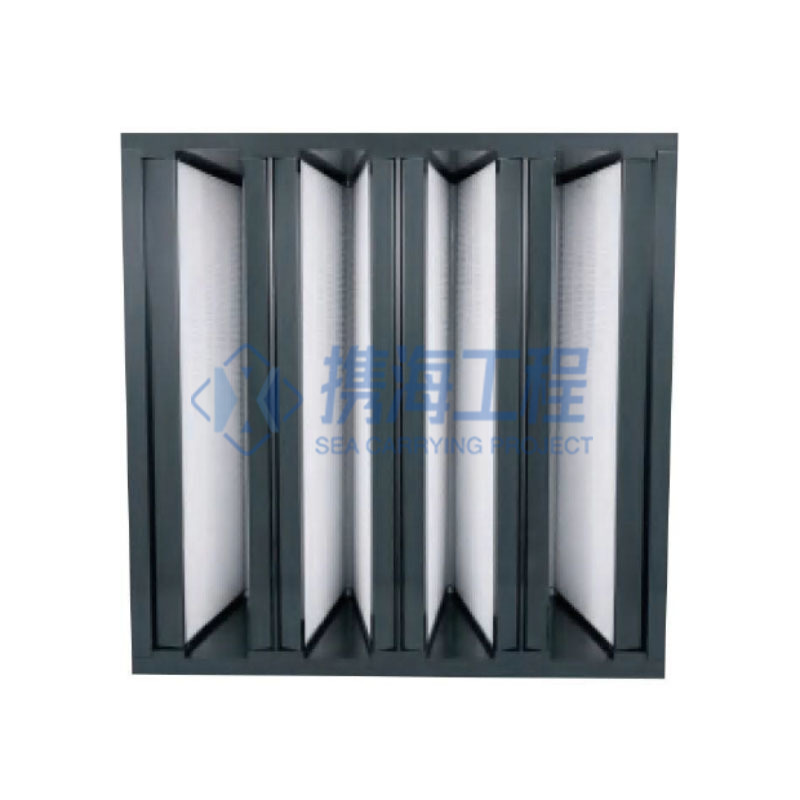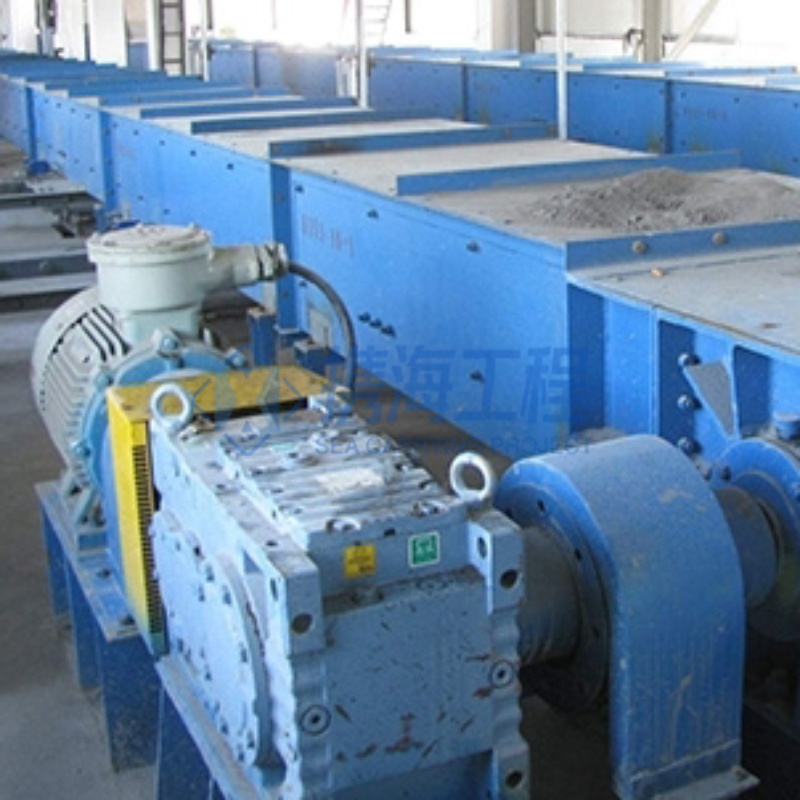Optimizing Your HVAC System with High Efficiency Furnace Filters: A Comprehensive Guide
Nov 15,2025
Optimizing Your HVAC System with High Efficiency Furnace Filters
As energy costs continue to rise, homeowners seek effective solutions to enhance their HVAC systems' efficiency. One of the most impactful ways to achieve this is by using high-efficiency furnace filters. These filters not only improve air quality but also contribute significantly to the overall performance of your heating system. In

Optimizing Your HVAC System with High Efficiency Furnace Filters
As energy costs continue to rise, homeowners seek effective solutions to enhance their HVAC systems' efficiency. One of the most impactful ways to achieve this is by using high-efficiency furnace filters. These filters not only improve air quality but also contribute significantly to the overall performance of your heating system. In this article, we will explore everything you need to know about optimizing your HVAC system with high-efficiency furnace filters.
Table of Contents
- Introduction to High Efficiency Furnace Filters
- Benefits of Using High Efficiency Furnace Filters
- Types of High Efficiency Furnace Filters
- Understanding MERV Ratings
- How to Install High Efficiency Furnace Filters
- Maintaining Your Furnace Filter
- Choosing the Right High Efficiency Furnace Filter
- Common Issues with High Efficiency Filters
- Conclusion
- FAQs About High Efficiency Furnace Filters
Introduction to High Efficiency Furnace Filters
When it comes to HVAC systems, the importance of air filtration cannot be overstated. High-efficiency furnace filters serve as the first line of defense against airborne pollutants, including dust, pollen, pet dander, and more. These filters are designed to capture smaller particles than standard filters, ensuring that your home's air remains clean and healthy. By optimizing your HVAC system with these advanced filters, you not only improve air quality but also enhance energy efficiency, leading to lower utility bills.
Benefits of Using High Efficiency Furnace Filters
High-efficiency furnace filters offer numerous advantages, making them an excellent investment for any homeowner.
Improved Air Quality
One of the primary benefits of high-efficiency filters is their ability to trap a larger percentage of airborne contaminants. This results in cleaner air within your home, which is particularly beneficial for individuals with allergies or respiratory conditions.
Energy Efficiency
High-efficiency filters help your HVAC system operate more efficiently. By trapping dust and debris that can clog the system, these filters reduce strain on your furnace, allowing it to run more effectively and consume less energy.
Extended Equipment Lifespan
When your HVAC system operates more efficiently, it experiences less wear and tear. High-efficiency filters can help prolong the lifespan of your furnace by preventing the buildup of contaminants that can lead to breakdowns and costly repairs.
Reduced Maintenance Costs
With a high-efficiency filter in place, your HVAC system requires less frequent maintenance. This not only saves you money on service calls but also reduces the hassle of dealing with a malfunctioning heating system.
Types of High Efficiency Furnace Filters
Understanding the different types of high-efficiency furnace filters can help you make an informed decision when selecting the best option for your HVAC system.
HEPA Filters
High-Efficiency Particulate Air (HEPA) filters are among the most effective options available. They can capture particles as small as 0.3 microns, making them ideal for allergy sufferers. However, they may not be suitable for all HVAC systems, as they can restrict airflow if not properly matched with the system's design.
Electrostatic Filters
Electrostatic filters utilize static electricity to capture particles. They are washable and reusable, making them an environmentally friendly choice. These filters can effectively trap a wide range of pollutants.
Media Filters
Media filters are thicker than standard filters and can capture smaller particles due to their increased surface area. They are suitable for many residential HVAC systems and often come with varying MERV ratings.
Washable Filters
Washable filters can be rinsed and reused, providing a cost-effective and eco-friendly solution. However, they require regular cleaning to maintain their efficiency.
Understanding MERV Ratings
MERV, or Minimum Efficiency Reporting Value, rates the effectiveness of air filters. The higher the MERV rating, the more particles the filter can capture. Here's a brief overview of MERV ratings:
MERV 1-4
These filters are typically used in residential settings but offer minimal protection against airborne contaminants.
MERV 5-8
Filters in this range are more effective at capturing allergens and are suitable for homes with pets or allergy sufferers.
MERV 9-12
With a MERV rating of 9 to 12, these filters can capture smaller particles and are ideal for households seeking higher air quality.
MERV 13-16
Filters with MERV ratings of 13 and above are considered high-efficiency and are capable of filtering out bacteria and viruses, making them a top choice for optimal air quality.
How to Install High Efficiency Furnace Filters
Proper installation of high-efficiency furnace filters is crucial for maximizing their effectiveness. Follow these steps for a successful installation:
Step 1: Turn Off Your HVAC System
Before starting the installation process, turn off your HVAC system to ensure safety.
Step 2: Locate the Filter Compartment
Find the filter compartment in your HVAC system. This is typically located near the air handler or furnace.
Step 3: Remove the Old Filter
Carefully remove the old filter, noting the direction of the airflow indicated on the filter frame.
Step 4: Insert the New Filter
Insert the new high-efficiency filter, ensuring that it is oriented correctly according to the airflow direction.
Step 5: Secure the Compartment
Close the filter compartment and ensure it is secure before turning your HVAC system back on.
Maintaining Your Furnace Filter
Regular maintenance is essential for keeping your high-efficiency furnace filter in optimal condition.
Check Filter Monthly
Inspect your filter monthly to determine if it needs cleaning or replacement. Factors such as pets, allergens, and usage frequency can affect how quickly a filter becomes clogged.
Replace or Clean as Needed
Depending on the type of filter, you may need to replace or wash it. HEPA and media filters typically require replacement every 3-6 months, while washable filters should be cleaned regularly for maximum efficiency.
Choosing the Right High Efficiency Furnace Filter
Selecting the right filter for your HVAC system is crucial for achieving optimal results.
Consider MERV Ratings
Choose a filter with a MERV rating that aligns with your air quality needs. Higher ratings capture more particles but may require more frequent changes or cleanings.
Check Compatibility with Your System
Ensure that the filter you choose is compatible with your HVAC system. Consult your system's manual or a professional if unsure.
Evaluate Your Needs
Consider factors such as allergies, pets, and local air quality when selecting a filter. A higher efficiency may be necessary in areas with poor air quality.
Common Issues with High Efficiency Filters
While high-efficiency filters offer numerous benefits, they may also present some challenges.
Reduced Airflow
Some high-efficiency filters can restrict airflow, leading to reduced HVAC performance. Ensure that your system can handle the chosen filter's density.
Frequent Changes Required
Higher-rated filters may need more frequent changes, which can be inconvenient. Regularly monitoring filter conditions can help mitigate this issue.
Cost Considerations
While high-efficiency filters may be more expensive upfront, their long-term benefits often outweigh the initial costs.
Conclusion
Optimizing your HVAC system with high-efficiency furnace filters is an effective strategy for improving indoor air quality, enhancing energy efficiency, and prolonging the life of your heating equipment. By understanding the different types of filters, their benefits, and how to choose the right one, you can create a healthier and more comfortable living environment. Regular maintenance and proper installation are essential to enjoy the full advantages of your high-efficiency filters.
FAQs About High Efficiency Furnace Filters
What is the difference between standard and high-efficiency filters?
High-efficiency filters capture smaller particles and pollutants compared to standard filters, improving air quality and HVAC system efficiency.
How often should I replace my high-efficiency filter?
It typically depends on the type of filter and usage, but most high-efficiency filters should be replaced every 3-6 months.
Can I use a high-efficiency filter with any HVAC system?
Not all systems are compatible with high-efficiency filters. Consult your HVAC system's manual or a professional to ensure compatibility.
Do high-efficiency filters reduce airflow?
Some high-efficiency filters can restrict airflow if not properly matched with your HVAC system. Always verify that your system can handle the filter's density.
Are washable filters a good choice?
Washable filters can be an eco-friendly and cost-effective option, but they require regular cleaning to maintain their efficiency.
Previous article






